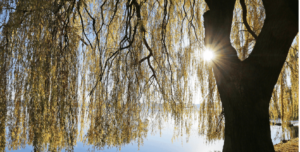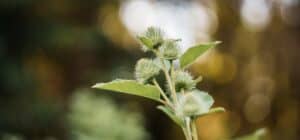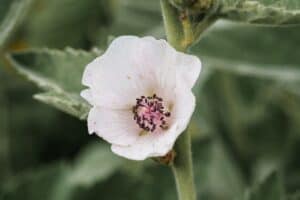Phytochemistry is a fascinating study, but it can be incredibly complicated and confusing at times. Understandably, there are many herbalists who’d prefer to avoid learning it all together. The big question is: Do you really need to know phytochemistry to be a great herbalist?
There are many paths you can take as an herbalist. You can meet with clients, make herbal medicine, wildcraft, and so much more. As you’ll see, phytochemistry plays a different role in each of these paths.
In today’s blog post, you’ll discover:
- What phytochemistry is using simple terms
- The traditional vs biochemical approach to herbalism and what it has to do with phytochemistry
- When learning phytochemistry matters as an herbalist, and when it doesn’t
- Why it’s essential if you’re making herbal medicine
- My top three book recommendations that make learning phytochemistry easy
Table of Contents
Have you ever wondered what it takes to be a great herbalist? Is it just about knowing plants, or is there more to it? A few weeks ago, someone asked me if you need to know botany to be a great herbalist. This question got me thinking about other crucial areas of study for herbalists, like phytochemistry, and whether mastering this field is also important.
Let’s dive into the basics. What exactly is phytochemistry? Simply put, it’s the study of the chemical compounds in plants. For herbalists, this typically means examining the medicinal constituents in a plant, understanding their mechanisms of action (called pharmacodynamics), how they travel through the body (pharmacokinetics) and seeing how they interact with our chemistry to produce specific results. Take Oregon Grape root (Mahonia aquifolium), for example. It contains bitter alkaloid compounds that stimulate digestive secretions, improving digestion and elimination, as well as having antimicrobial properties and effects on metabolism- especially that of insulin. By analyzing a plant’s chemicals, you can often predict its properties.
Herbalists usually study phytochemistry from this perspective, but its reach extends beyond herbal medicine. For example, phytochemistry helps us understand how plant chemicals influence the environment and how these compounds act as part of a plant’s immune and defense system. If a deer starts chewing on a plant, the herb can produce larger amounts of bitter secondary metabolites to make it taste bad, and all of a sudden, the deer won’t want to eat that plant anymore. In other words, plants use their chemistry to protect themselves from environmental threats and ensure their survival. And of course, pharmaceutical companies are always on the hunt for novel plant chemicals to base new drugs off of.
Phytochemistry is a captivating branch of herbal medicine, but it can definitely be intimidating for the not so scientifically inclined herbalist. So how far down the rabbit hole do you need to go to become a great herbalist? Let’s explore this together.
The Modern Biomedical Model of Plants
Phytochemistry is a modern approach to understanding plants and how they work, and in the grand scheme of the history of herbal medicine, it’s very recent. While some herbalists adopt this approach and abandon the older, traditional methods of understanding plants, others prefer to see how a chemical understanding of plants can enhance traditional perspectives.
Essentially, the phytochemical biomedical outlook of herbal medicine states that plants have chemicals that bind to receptors in the body and trigger physiological reactions, which is how they heal. Herbal traditions that developed thousands of years ago didn’t know about plant chemistry, so they developed different ideas of how herbs heal.
Traditional herbalism models don’t view the body as a machine that needs a missing chemical to make it work. Instead, they see the human body as an ecosystem, a mirror image of nature. From this perspective, we get sick because of ecological imbalances within the body, and plants help restore this balance. Another way they viewed plants as healing the body is through the vital intelligence of the plant helping the vital force of the body regain its own equilibrium.
These different perspectives raise an interesting question: Does the plant act on the body, or is the body responding to the plant? This may sound like the same thing, but there’s a difference.
In the former, you take an herb, the constituents interact with the body, travel through the system, bind to a receptor, and cause a specific change within the system. In the latter, the body is responding to the presence of the plant as a reflex action. You can see this reflex action with demulcent plants that contain mucilaginous polysaccharides, like Marshmallow (Althaea officinalis).
Mucilaginous polysaccharides are such large compounds that they don’t cross the gut wall or enter the general circulation within the body. However, plants with these compounds somehow moisten the mucosal membranes in the urinary tract and lungs. You can even try holding Marshmallow mucilage in your mouth without swallowing and feel your lungs moisten. This isn’t a chemical reaction happening in the body—it’s a reflex. The body is responding to the presence of the plant. This also explains the influence of the effects of drop doses of plants or the homeopathic preparations. It’s a vital response of the body.
It’s not that plants act on the body or that the body reacts to their presence. It’s both. Sometimes you’ll find a handful of herbs with similar chemical constituents but wildly different energetic effects on the body. Some are cooling and drying, others warm and moistening. This leads to them having different actions even though they share similar chemistry.
Viewing the medicinal value of herbs solely through their chemistry can be short-sighted and narrow-minded. It disregards thousands of years of traditional knowledge and other valid ways of understanding the healing potential of plants. There’s room enough for both ways of thinking, and this is the approach I take, because it united the modern and the ancient, the scientific and humoral modes of understanding.
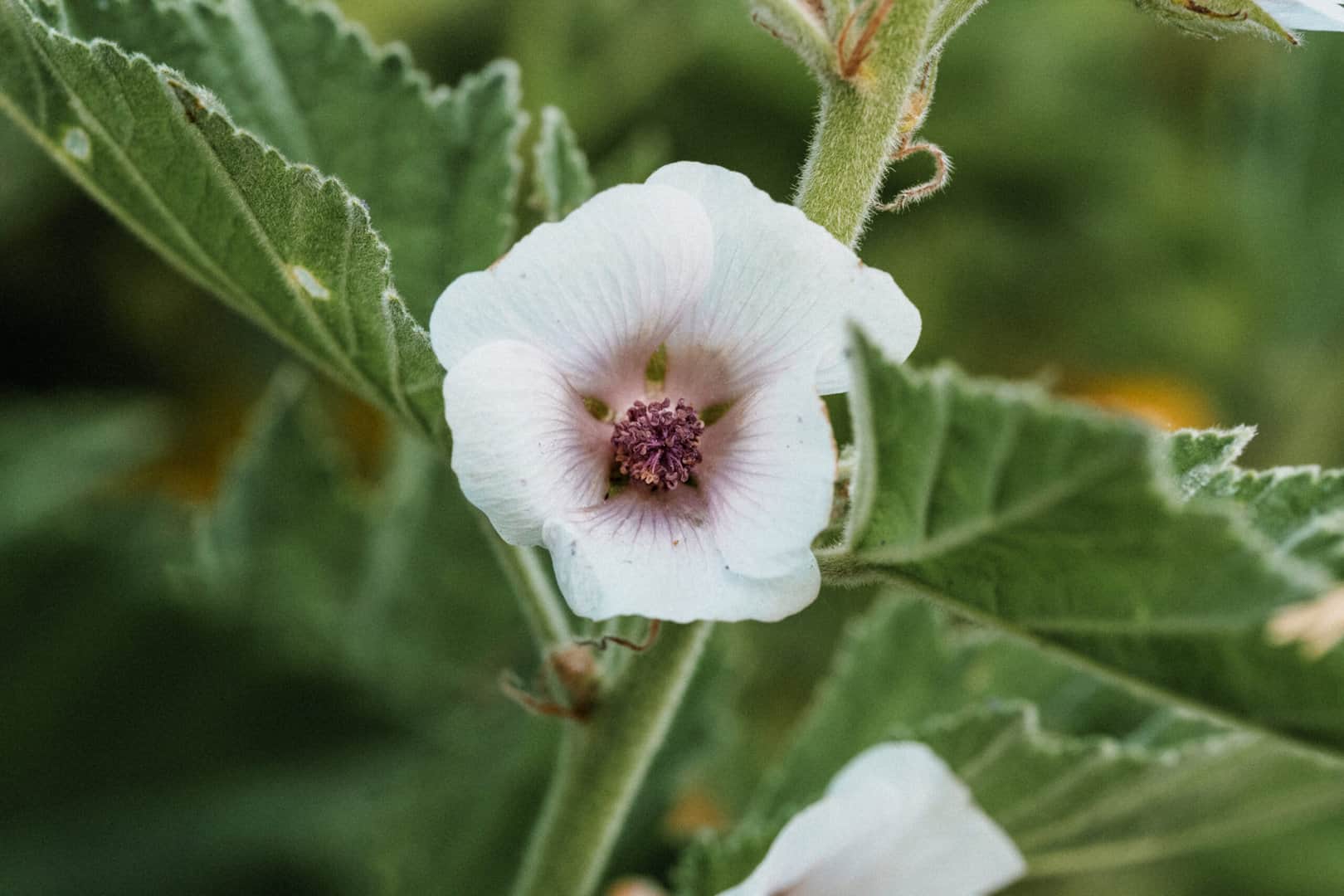
Pharmacokinetics and Pharmacodynamics
Within the model of biomedical herbalism there are two important concepts: pharmacokinetics and pharmacodynamics. These two ideas were discussed extensively during my time studying at Bastyr University and are helpful to know about.
Pharmacokinetics is the study of how a chemical, in this case, a plant chemical, travels through the body and the route it takes to being digested, absorbed, transformed, distributed, metabolized and ultimately excreted. Pharmacodynamics is the study of what happens once the chemical reaches its site of action and the medicinal effects it has there.
These topics are super complex, and it’s hard to understand the pharmacokinetics and pharmacodynamics of a single molecule, let alone an entire plant with hundreds or thousands of compounds working together synergistically. Chemicals are constantly transforming in the body—such as in the mucus membranes of your mouth or stomach, and of course this is one of the primary jobs of the liver.
Chemicals don’t stay in the same form from start to finish. They are constantly evolving from the moment you ingest them until you eliminate them. It’s mind-boggling to even think about! A good example of this is the constituent arbutin, found in herbs like Uva-Ursi (Arctostaphylos uva-ursi) and Pipsissewa (Chimaphila umbellata). This constituent on its own doesn’t do very much, but in the body it is transformed into hydroquinone, which is a powerful antibacterial substance that is eliminated in the urinary tract. This is why these herbs are commonly used to treat urinary tract infections.
While pharmacokinetics and pharmacodynamics are fascinating areas of study, knowing them for every compound in every plant is enough to make ones head spin. In fact, I don’t believe it’s possible to fully understand what a plant is doing within the body simply based on its chemistry. I relegate it to being one of the great mysteries and wonders of plant medicine.
However, it is helpful to know pharmacokinetics and pharmacodynamics when you’re studying single constituents, their actions, and where they travel through the body to generate that action. For example, the “antiviral” property of Licorice (Glycyrrhiza glabra) is commonly attributed to glycyrrhizin.
An interesting fact about glycyrrhizin, is that it is transformed in the gut into a different chemical that doesn’t ever enter the bloodstream. With this information, we can learn that Licorice isn’t that “antiviral” internally, and isn’t that useful for treating say, a viral respiratory route infection (at least from the perspective of killing the virus). But it can be used topically for the viral infections, most notably herpes class viruses with great results. This showcases how understanding pharmacokinetics and pharmacodynamics can make you a better herbalist.
Understanding phytochemistry can be helpful, especially if you prefer the scientific model of herbalism. However, it can also lead to a reductionistic mindset. David Winston, a great herbalist, always says, “What is it about Hawthorn that makes it so incredibly healing to the heart? It’s not a single compound. The thing in Hawthorn that is so healing to the heart is Hawthorn.” In other words, you can’t point to a single chemical and attribute the plant’s healing power to it because it’s the whole plant that’s healing, not a single chemical.

But Do You Need to Know It?
Returning to the original question, do you need to know phytochemistry to be a good herbalist? I’m going to be bold and say no, I don’t think you need to know phytochemistry to be a great herbalist. And in this context, I’m referring to working with clients as a practitioner.
As a clinical herbalist, you generally don’t sit before your client and start thinking about them in biochemical terms, such as, “I need an herb that will bind to that receptor.” No, we generally think in larger patterns by considering how an herb will influence an organ system, tissue state or their constitutional pattern. This Includes whether an herb will be warming, cooling, moistening, or drying, it’s particular medicinal actions and affinities, and if there are any specific indications for your client’s pattern.
From my experience talking and interacting with thousands of herbalists, most don’t think of clients in terms of biochemical pathways. Only viewing people biochemically and dismissing the knowledge of thousands of years of herbal tradition can also lead to poor results since not all scientific research is conducted well and is trustworthy. That said, we can learn a lot from assessing a client’s bloodwork, noting any relevant patterns there, which can guide our remedy selection. But this is typically looking at bloodwork that is, again, pointing to a larger pattern within the person, leading us to not just herbal recommendations, but lifestyle and dietary patterns as well.
I remember herbalist Paul Bergner saying bluntly that “If your clinical practice is based strictly off of science and plant chemistry, it will cripple you as a clinician.” It was a really strong statement, and I recall it striking me with the understanding that science is important, but it’s not the only frame of reference we want to use as herbalists.
The bottom line is that you don’t need to know phytochemistry to be a great herbalist, and there are other tools and skills you need to know much more. This includes learning how to provide an excellent client intake and conduct good interviews, how to compound herbs into a tailor-made formula, writing protocols your client can follow, and a super in-depth understanding of the materia medica, including herbal actions, energetics, affinities, indications, and more.
These are the clinical skills you need to be a great herbalist–not being able to list every constituent in an herb.
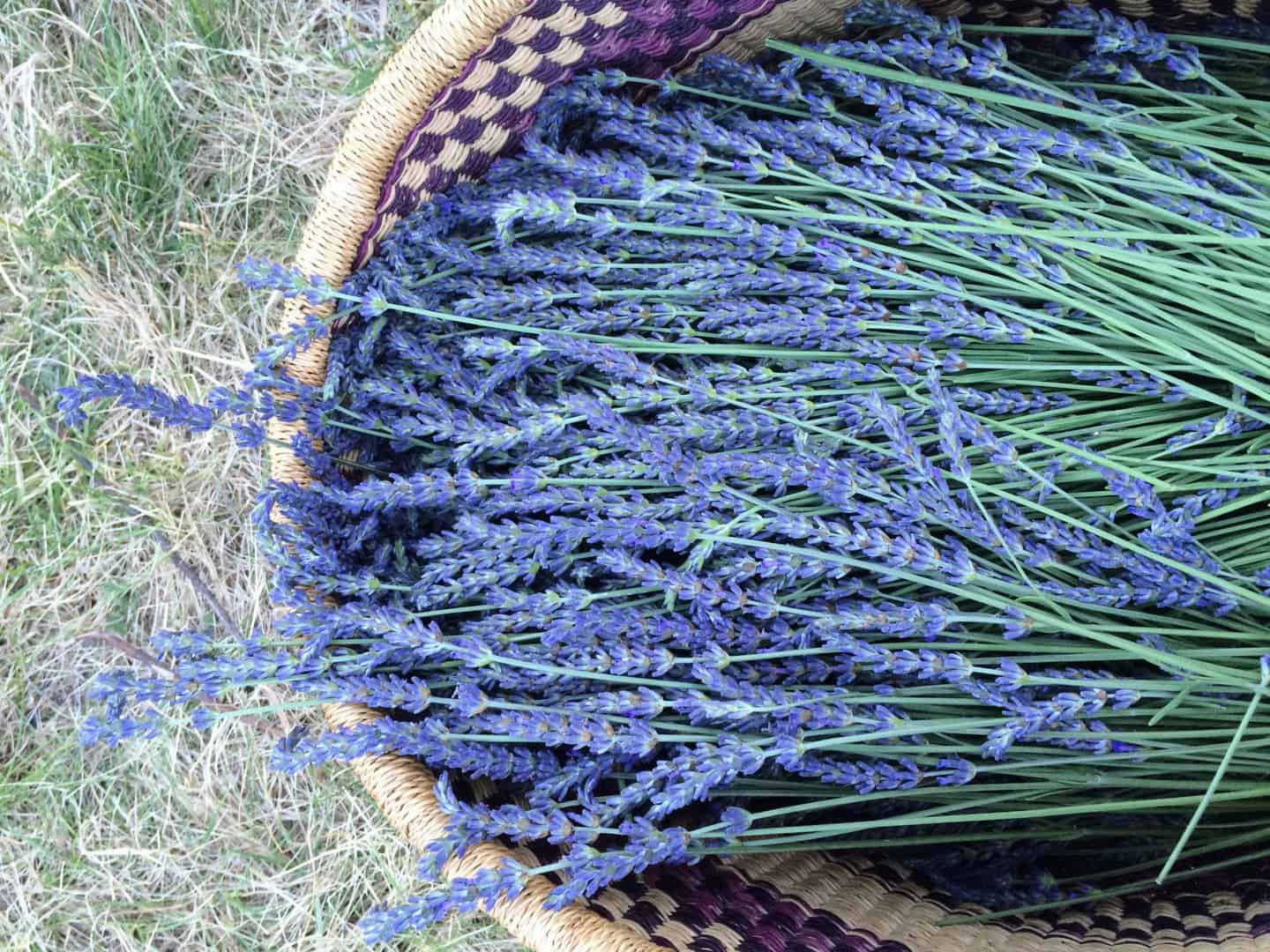
When DO You Need to Know It?
Even though you don’t need to know phytochemistry to be a great clinical herbalist, the last thing I want is for you to walk away thinking phytochemistry is useless. There are certain areas where knowing it is really important.
The main place where you need to know phytochemistry is in herbal pharmacy and medicine making. Pharmacognosy comes into play with medicine making because you need to understand the constituents of a plant to determine its solubility range. Different chemicals dissolve in varying ratios of alcohol and water, so understanding an herb’s chemical profile tells you what menstruum you need to choose to make an effective herbal medicine.
For example, volatile oils are very soluble in alcohol but less so in water. This means an infusion of Lavender (Lavandula angustifolia) or Rosemary (Rosmarinus officinalis) will lead to a weaker medicine than if you had made an alcohol tincture of them. With some plants, such as those high in resins, a water preparation will extract practically nothing since they need a very high alcohol percentage to make a good extract.
Knowing the solubility of the chemical compounds in a plant makes you a better medicine maker, which means the medicine you give people will be more effective. The first step to making a strong herbal medicine is using good quality herbs, and the second step is using the correct menstruum. Most herbalists prefer to work with reputable herbal products, but if you are interested in medicine making, this is where phytochemistry really comes in handy.
Phytochemicals (the chemicals in plants) are often divided into polar and non-polar compounds. In other words, we categorize them based on whether their compounds are soluble in water or alcohol. If you have a plant with mostly or entirely alcohol-soluble compounds, such as terpenoid resinous plants, you will need a high-proof alcohol to extract them. On the other end of the spectrum, you have plants with mucilaginous polysaccharides such as Slippery Elm (Ulmus rubra), that are only soluble in water.
Knowing phytochemistry makes you a better medicine maker because you can customize the menstruum to extract the herbs best. Unfortunately, we don’t always know the full extent of chemicals in plants since there isn’t enough funding or research, but we can work with the information we have to prepare the best medicine possible. This can also at times be determined simply by tasting the plant to get a sense for its pharmacology.
If medicine-making and preparing your own herbal pharmacy interests you, you need to learn phytochemistry to understand the chemical profile of a plant and how to best extract it.
If this interests you, I recommend the book “Herbal Constituents: Foundations of Phytochemistry” by Lisa Ganora. She shares some excellent information about the solubility of chemicals, which is useful. “Phytochemistry and Pharmacy for Practitioners of Botanical Medicine” by Eric Yarnell is another book worth every penny. Lastly, I suggest “Medical Herbalism: The Science and Practice Of Herbal Medicine” by David Hoffmann. He breaks down the information in a really organized way. These are my top 3 book recommendations for your journey into pharmacognosy and phytochemistry and a great way to get started.
Although studying phytochemistry won’t make you a better clinical herbalist, it will undoubtedly make you a better herbal pharmacist. Herbal medicine making isn’t a path every herbalist feels called to, but if it calls you, I recommend beginning your phytochemistry journey so you can feel confident preparing herbal medicines you know will work well.


